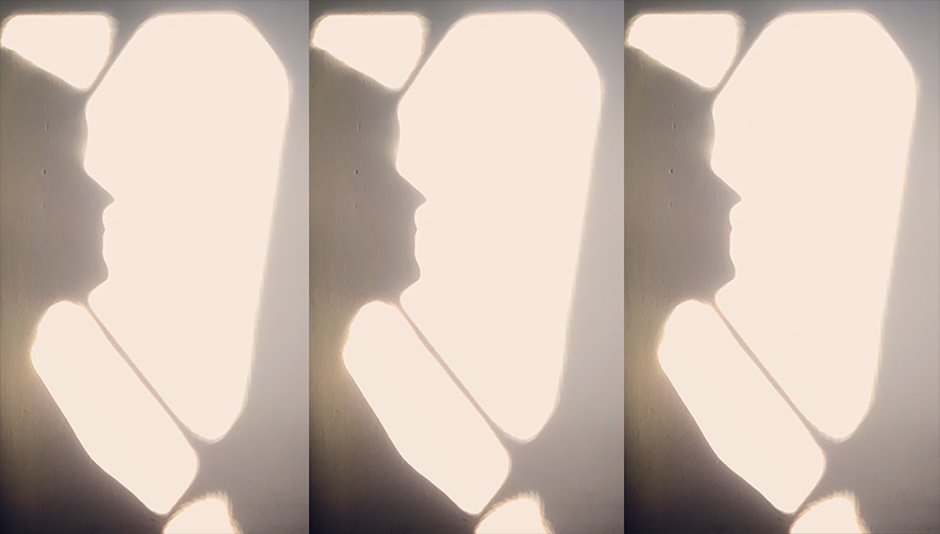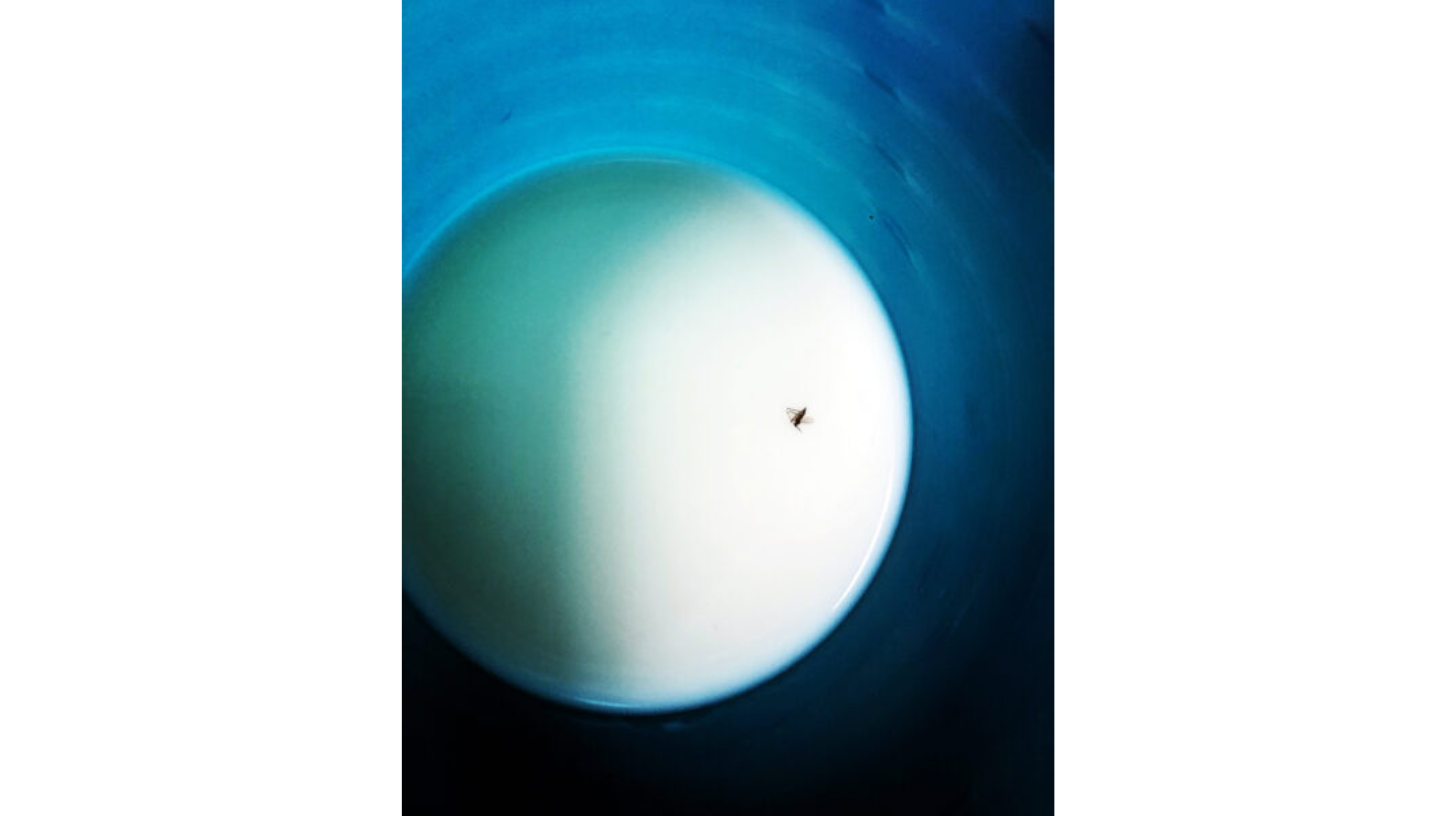It was a pleasure and a joy to select images from my collection and pair them together with the poetry, flash, and short fiction pieces published in this issue of Five South. Each story, each poem, has such a unique perspective of the world, and my goal became to match the mood of each piece to the feeling contained in each photograph. Sometimes it was a word or phrase. Other times it was an entire scene that inspired me. Here are a few examples of how I chose some of the images.
Moon Landing

The image of an extreme close-up of a blackboard, with old faded chalk lines replaced with new ones, encompasses some of the visual elements of Moon Landing, which enhance the feeling of memory, space, and finding your way. It’s a look at open space, satellite rings, and random planets. It’s a map of a memory, a history of a life. There is a texture; raised chalk deposits that can stain your fingers, and you can either leave fingerprints where you go, or it can disappear altogether when you wipe it on your shirt. It’s up to you. Read Moon Landing by Erin Carlyle.
Having a Baby at 43

Many phrases stood out to me in this poem. The image I chose holds much of the feelings the poem evoked in me. I immediately thought of this photo of a cactus on the side of an old house. You can see the cool fading light of a winter’s day in the absent shadows and depth. There are dead leaves and branches on a patch of dirt. However, among these decaying things are the small, green leaves of the relentless weeds and, next to them, an almost regal, healthy cactus with vibrant, red fruit. It is as if these things manage to grow even under the most unwelcoming circumstances. In this context, those things are still “beautiful enough,” as much a miracle as having a baby at 43 is described in the poem. Read Having a Baby at 43 by Debora Kuan.
Brief Holiday

In Brief Holiday, I loved the idea of finding refuge in a room where tremendous joy and passion are allowed to happen while the entire world burns outside. This image of a woman’s silhouette created by afternoon sun diffused through curtains creates a sensual, dreamlike scene that can only exist inside a room. Furthermore, the repetition of the image creates a (sort of) stained glass motif that keeps the outside world independent of the one that exists inside this poem. Read Brief Holiday by Gordon Taylor.
Side Gate

There was something so melancholy about Side Gate that stood out to me. As the man waits for his son to come back from school, he can’t help but think about his childhood, his neighbor; faded but essential memories. The blurry image of a boy through a “telescope” made me think about the nature of memories and how they tie to emotion. The visual is indistinct, but the feeling attached is sharp. His son is probably older than the child in the picture, but that’s how he sees him in memory, and that’s how he will always see him. Read Side Gate by John Brantingham.
Symploké

Though in a completely different context and setting, Symploké also evokes the feeling of memory and how fragmentary it can be. The mundane, like “madeleines with her milk coffee,” gets mixed up with philosophy and sports knowledge, but as they float in space, it is the understanding that in the end, it doesn’t matter. For the mosquito in the image and the person in the story, the rings of a child’s blue plastic cup and the rings of Saturn are the same. Read Symploké by Frank Passani.
Gnome Solution

Some stories leave a permanent mark in your mind, and Gnome Solution is one of those stories I will never forget. To capture the feeling of impish whimsy, I needed to find an image both bold and unidentifiable. This deep red image with a sideways gap, like slightly open lips, seemed a perfect way to encapsulate the story’s dark humor. It is a mystery. It is abstract. It makes you wonder where it came from and where it’s going. Read Gnome Solution by Jasmine Sawers.
Cross on the Highway

This was the most challenging story to pair with a photograph with. Cross on the Highway takes you on an emotional journey and leaves you without breath. Every word is so crucial to the story that to focus on one phrase, one visual, would be a disservice to this perfectly crafted piece. To condense the depth of feelings contained in this story into a picture seemed almost impossible. I looked through hundreds of images in my archives until I came upon this black and white image of a church. There is a partial roof on the lower left-hand side. Above it and farther back, you can see a cross so thin, it is almost invisible. What solace can this small symbol bring to someone who lost a child when the vast gray sky of sorrow is pressing down on it? Sometimes, that is all you have. Read Cross on the Highway by Anthony D’Aries.

